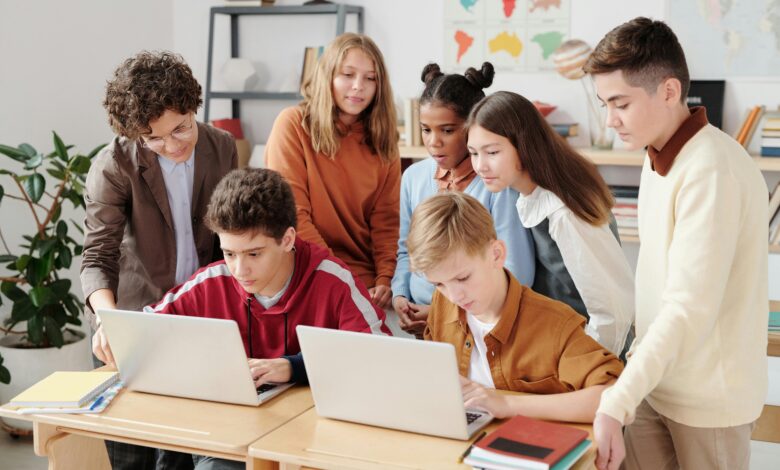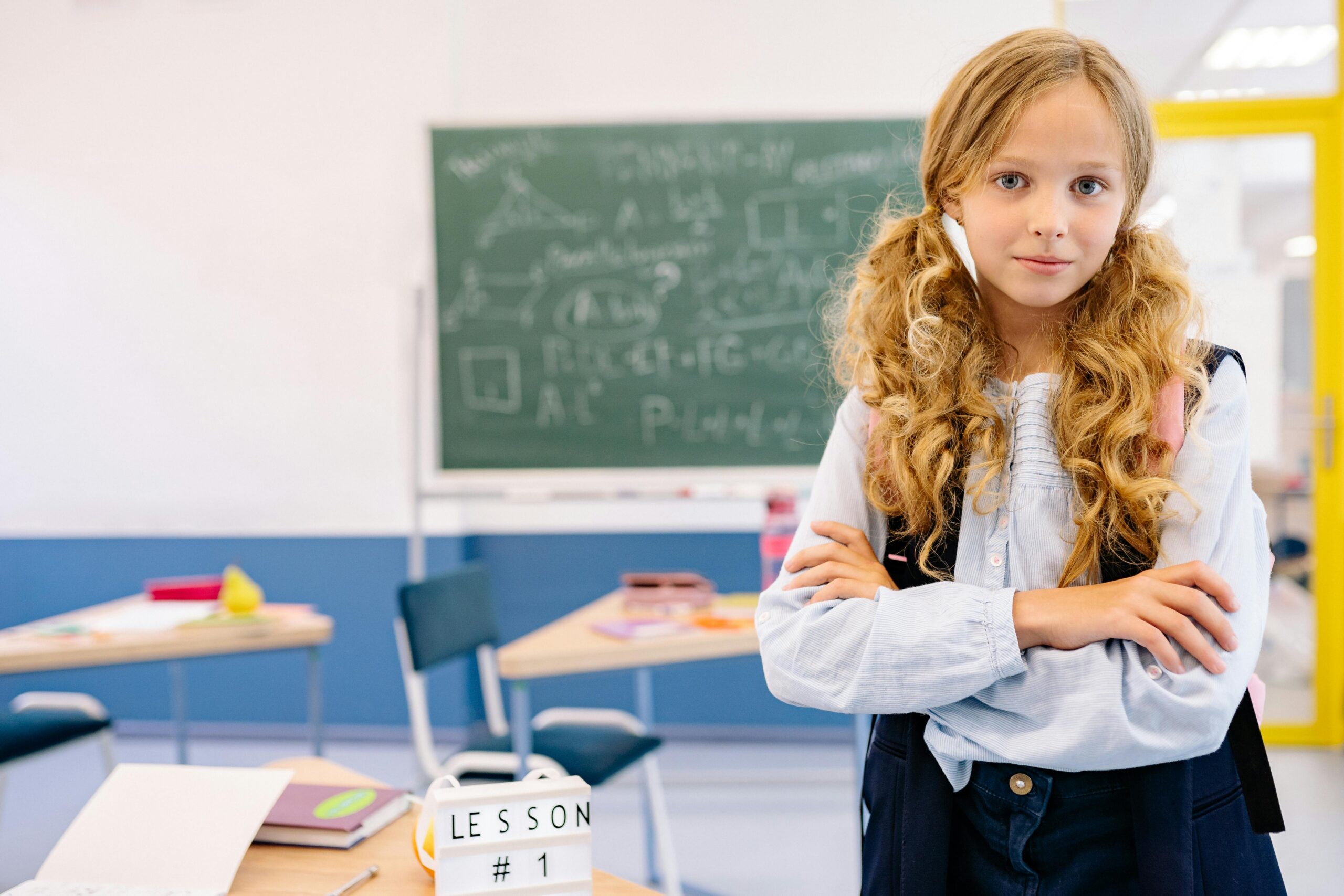Classroom 20x Revolutionizing Education for the Digital Age

Classroom 20x: Revolutionizing Education for the Digital Age
Introduction
Education is undergoing a radical transformation, and Classroom 20x stands at the forefront of this evolution. Traditional classrooms with static rows of desks and chalkboards are giving way to dynamic, technology-rich learning environments designed to foster engagement, collaboration, and personalized learning. Classroom 20x represents not just a physical space but a complete reimagining of how education can be delivered in the 21st century.
This article explores the concept of Classroom 20x, its key components, benefits for students and teachers, and how schools can successfully implement this innovative approach. We’ll also examine the technology driving this transformation and address common questions about adopting Classroom 20x in various educational settings.
What Is Classroom 20x?
Classroom 20x is an advanced learning environment that combines cutting-edge technology with flexible design to create spaces that adapt to modern teaching methodologies. The “20x” signifies the exponential improvement in learning outcomes these spaces aim to achieve through their thoughtful integration of physical and digital elements.
Unlike traditional classrooms, which follow a one-size-fits-all approach, Classroom 20x is designed to be:
-
Adaptable to different teaching styles and learning activities
-
Interactive with technology that responds to student needs
-
Collaborative with spaces that encourage teamwork
-
Personalized to accommodate individual learning paces
-
Data-driven with systems that provide real-time feedback
These classrooms represent a shift from teacher-centered instruction to student-centered learning experiences that prepare students for the challenges of tomorrow’s workforce.
Key Features of a Classroom 20x
The modern Classroom 20x incorporates several innovative elements that distinguish it from traditional learning spaces:
Flexible Furniture and Layout
Gone are the fixed rows of desks. Instead, Classroom 20x features:
-
Mobile furniture on casters for easy reconfiguration
-
Modular tables that can form clusters for group work or separate for individual study
-
Comfortable seating options that accommodate different learning postures
-
Movable walls or partitions to create temporary breakout spaces
This flexibility allows teachers to quickly transform the classroom based on the day’s activities, whether it’s lecture-style instruction, small group collaboration, or individual project work.
Interactive Technology Integration
Classroom 20x replaces traditional teaching tools with:
-
Large-format interactive displays (75″+) that serve as digital whiteboards
-
Wireless presentation systems allowing students and teachers to share content from any device
-
Student response systems for real-time quizzes and polls
-
Document cameras that can display physical materials to the entire class
-
High-quality audio systems ensuring clear communication throughout the space
Collaborative Learning Zones
The space is divided into purposeful areas:
-
Presentation zones with optimized sightlines for teacher-led instruction
-
Collaboration hubs with writable surfaces and shared displays
-
Individual focus pods for concentrated work
-
Maker spaces equipped with tools for hands-on projects
Each zone supports different learning modalities within the same classroom environment.
Environmental Optimization
Classroom 20x pays careful attention to:
-
Lighting with adjustable color temperature to match different activities
-
Acoustics with sound-absorbing materials that reduce noise distraction
-
Air quality through proper ventilation and monitoring
-
Temperature control that maintains optimal learning conditions
Benefits for Students
The Classroom 20x model offers significant advantages that enhance the learning experience:
Increased Engagement and Participation
Interactive technologies and flexible seating arrangements lead to:
-
40% higher participation rates in discussions
-
Improved attention spans during lessons
-
More enthusiastic approach to learning activities
Enhanced Collaboration Skills
The design naturally fosters:
-
Better communication among peers
-
Development of teamwork abilities
-
Opportunities for peer-to-peer learning
Personalized Learning Pathways
Technology integration enables:
-
Self-paced progression through digital content
-
Adaptive learning software that adjusts to individual needs
-
Multiple ways to engage with material (visual, auditory, kinesthetic)
Preparation for Future Workplaces
Students gain experience with:

-
Digital collaboration tools used in modern offices
-
Presentation and communication technologies
-
Problem-solving in technology-rich environments
Advantages for Educators
Teachers benefit from Classroom 20x in numerous ways:
More Effective Teaching Methods
The environment supports:
-
Seamless transitions between different instructional modes
-
Integration of multimedia resources into lessons
-
Ability to quickly assess and respond to student needs
Improved Classroom Management
Features like:
-
Better visibility of all students
-
Flexible grouping options
-
Quick reconfiguration for different activities
Access to Real-Time Data
Digital tools provide:
-
Instant feedback on student understanding
-
Analytics to identify learning gaps
-
Documentation of student progress
Implementing Classroom 20x
Successful transition requires careful planning:
Phased Approach
-
Start with pilot classrooms
-
Gather feedback from teachers and students
-
Refine the model before full implementation
Professional Development
Essential training includes:
-
Using new technologies effectively
-
Classroom management in flexible spaces
-
Designing lessons that leverage the environment
Community Engagement
Involve:
-
Parents in understanding the benefits
-
Students in providing feedback
-
Administrators in supporting the transition
Frequently Asked Questions
1. How much does it cost to create a Classroom 20x?
Costs typically range from $15,000-$50,000 per classroom depending on technology choices and existing infrastructure.
2. Can older school buildings accommodate this design?
Yes, many elements can be adapted to existing spaces with creative solutions and phased implementation.
3. Do students really perform better in these environments?
Research shows improvements of 20-30% in engagement, participation, and knowledge retention.
4. How long does the transition process take?
Most schools complete the transformation in 3-6 months per classroom, including teacher training.
5. Where can I see examples of Classroom 20x?
Many education technology companies have demonstration classrooms, and some school districts offer tours of their transformed spaces.
Classroom 20x is proving that when we thoughtfully redesign learning environments, we can create spaces that truly meet the needs of 21st century learners and educators.
Conclusion: The Future of Learning Spaces
Classroom 20x represents more than just new furniture and technology—it’s a fundamental shift in educational philosophy. By creating environments that are as dynamic and adaptable as the students who use them, we’re preparing learners for success in an increasingly complex world. As this model continues to evolve, it promises to unlock new potentials in teaching and learning that we’re only beginning to imagine.
